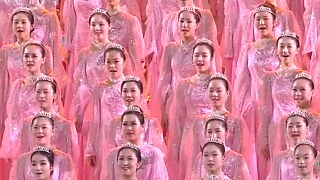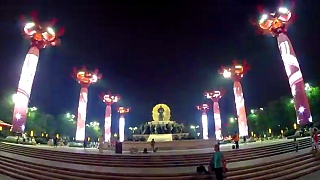 This is HuNan 湖南 province …
This is HuNan 湖南 province …
Related Videos
Featured Videos

|
A tad late this year, but here it is ...
Fire up your huo guo (hot pot) or pop that corn, kick back and enjoy our music selection ...
If you can, please support this site with a donation; it really does help us keep going ... Thank you from the BeijingBuzzz team !
|

|
With Michael Brenner and Neutrality Studies ...
With John Pang ...
With Ben Norton ...
With Inside China Business ...
With Cyrus Janssen ...
On the Chinese invested new canal in Cambodia, the Funan Techo Canal, that links its capital city Phnom Penh, on the Mekong river, to the Gulf of Thailand, facilitating trade and Cambodia's development ...
With Harvey in China ...
|

|
Tachuan is 5 km northeast of HongCun, on the way to HuangShan.
|

|
Bliss : Afterlife - album released 2001.
Includes : If Heaven Closes (6:10) and Will You Remember My Name (46:25).
Brew some green tea, draw the curtains, and sink into your favorite space. Close your eyes and let the journey begin; let's fly among the stars and see our world from afar; come back anew ...
Do support Bliss, this wonderful music talent, by buying the original CD / official download.
|

|
A couple of miles north of LiJiang.
With Tanya in China ...
With Walk East ...
|

|
Bonus film - China Celebrates its Rise from Humiliated Colony to Global Power with The New Atlas ...
|
Tag search ?

 This is HuNan 湖南 province …
This is HuNan 湖南 province …
 This is HuNan 湖南 province …
This is HuNan 湖南 province …





